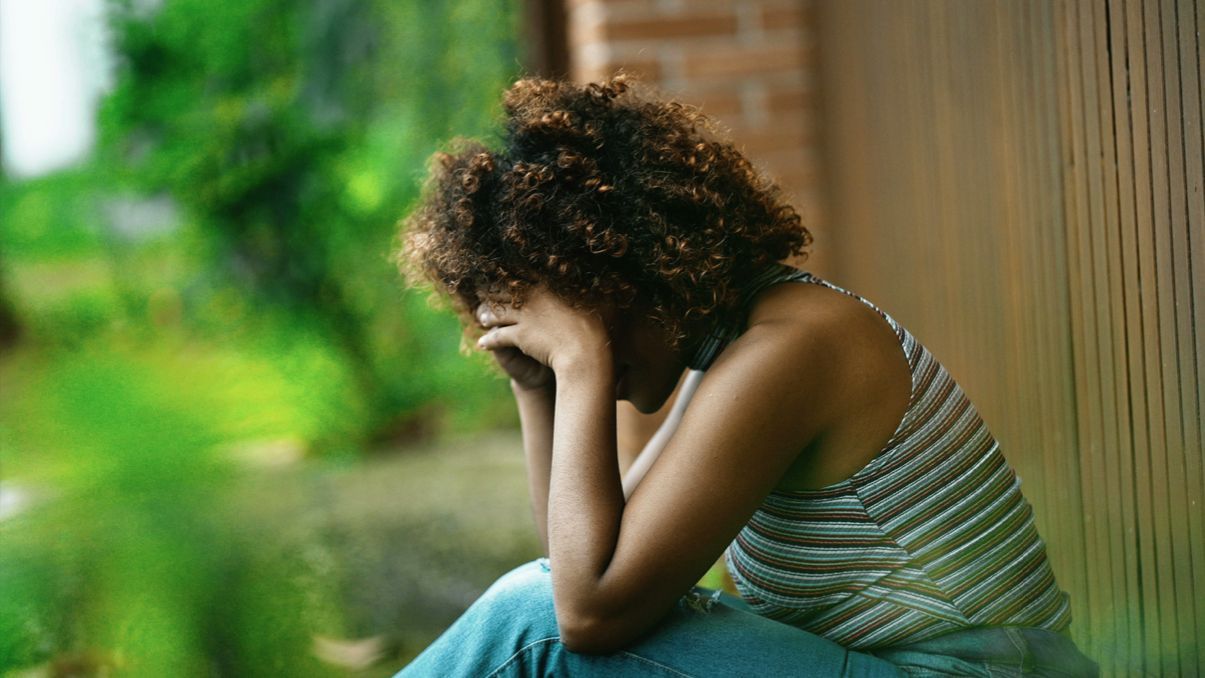When the Clocks Move Back: Supporting Your Mood When the Days Grow Shorter
TL;DR:
- The end of daylight saving time brings shorter days and shifting energy.
- Lower light can impact mood, sleep, and motivation — but awareness helps you adapt instead of react.
- Simple adjustments — lighting, routines, connection, and mindset — can make dark months feel grounding rather than heavy.
- Borrowing from Scandinavian traditions of warmth and coziness can help reframe winter as a season of intentional rest and ritual.
The subtle heaviness of early darkness
It’s late afternoon when I step inside, but it already feels like night.
I drop my bag by the door and exhale — not the satisfying kind, but the kind that comes with a quiet ugh. The house feels still in a way that isn’t peaceful. The light is flat, a little gray, and somehow the whole space feels heavier than it did in the brighter months.
For a long time, I brushed that feeling off as just a sign of a long day. But eventually, I started to notice a pattern: it always began right around the time the clocks moved back.
Why the light shift matters
When daylight saving time ends, we lose more than an hour of evening light — we lose rhythm cues that help regulate mood, alertness, and motivation. Research suggests that up to
38% of Americans
notice their mood decline during the winter months, and around
5% experience Seasonal Affective Disorder (SAD), a more severe form linked to reduced sunlight exposure.
That shift can look like:
- Sluggish mornings and more difficulty getting out of bed
- Increased sleepiness, even after a full night’s rest
- Less motivation or physical activity
- Irritability and low energy
- A tendency to withdraw from social plans
It’s easy to internalize those changes as personal failings — I’m just unmotivated, I can’t get it together. But your biology may simply be responding to less light. The trick is recognizing the pattern early and adjusting before the heaviness settles in.
Learning from cultures that embrace the dark
In parts of the world where winter days are even shorter — think Denmark, Norway, and Sweden — people have learned to work with the season, not against it. Two cultural ideas capture this beautifully:
- Hygge (a Danish word loosely translating to coziness, connection, and comfort) — creating intentional warmth through lighting, rituals, and shared moments.
- Friluftsliv (Norwegian for “open-air life”) — the practice of finding vitality outdoors, even in cold weather.
These aren’t gimmicks; they’re cultural adaptations. In places where sunlight might disappear for months, people actively craft meaning and pleasure through texture, warmth, and community. The result isn’t forced cheerfulness — it’s an earned contentment.
What this looks like in real life
For me, it started with lighting. I’ve always loved natural light and avoided using overhead fixtures whenever possible. But in the dark stretch after the time change, my home began to feel gloomy by 5 p.m. One year, I decided to experiment — I added a few small, warm lamps around my space. The difference was almost immediate. It wasn’t just brighter; it felt alive again.
Here are a few ways to support your own rhythm as the days shorten:
1. Rework your light cues
- If you find yourself snoozing your alarm multiple times, what if you set it later — then commit to getting up when it rings? (You might even move your alarm so you have to get out of bed to turn it off.) Uninterrupted rest is more restorative than fragmented “almost sleep.”
- In the evenings, swap harsh overhead lights for softer lamps or smart bulbs with warm settings. This mimics natural dusk and signals your nervous system to unwind.
- Try to get real daylight within the first hour of waking — even five minutes outside or near a bright window helps regulate mood and energy.
2. Create cozy rituals you look forward to
- Have a “coming home” routine that makes evenings feel welcoming: lighting a candle, changing into soft clothes, or turning on music.
- Plan winter gatherings that fit your energy — movie nights, soup exchanges, game nights — smaller, lower-effort ways to stay connected.
- Explore the Stress Reset Menu to create strategies that help you downshift as you transition to evening.
3. Move your body, even in micro ways
Shorter days can mean less motivation to exercise, but motion is key for energy and mood. Reframe “exercise” as “movement”: stretching while coffee brews, walking after lunch, or dancing in your kitchen to shake off afternoon fog.
4. Protect your boundaries during the holiday season
The time change also signals the start of the holidays, which can bring joy — or not — and exhaustion (almost guaranteed).
- Anticipate that routines will shift — and plan small grounding anchors (a bedtime, a morning ritual, a short walk).
- Remember, you don’t owe equal energy to every invitation. Choose what nourishes, not what depletes.
- If making plans means having some tough conversations, plan out how you want to handle those ahead of time.
5. Know when extra support matters
If your mood consistently dips for weeks, or you notice changes in sleep, appetite, or motivation that affect daily life, you may be experiencing Seasonal Affective Disorder. Treatment options include light therapy, vitamin D supplementation, and therapy or medication — all evidence-based, manageable interventions. If you’re curious about what professional support could look like, learn more here.
Seeking help isn’t failure or weakness — it’s a commitment to your well-being.
Reframing the season
Winter asks something different of us. Not to hustle harder, but to honor a quieter rhythm — one that values restoration as much as productivity.
If this weekend’s clock change brings that familiar heaviness, take it as a cue, not a warning.
The shift in light is real, but it doesn’t have to dim your spirit. You can build your own version of Hygge — not just candles and blankets, but warmth that comes from intentional care, meaningful connection, and gentle structure.
Reflection prompt:
What’s one small ritual or environment shift that could make the coming months feel more nourishing than numbing?
Want support with follow-through or getting unstuck?
Explore my
free resources or
connect and explore therapy and
coaching options. You don’t have to figure it out alone.

















